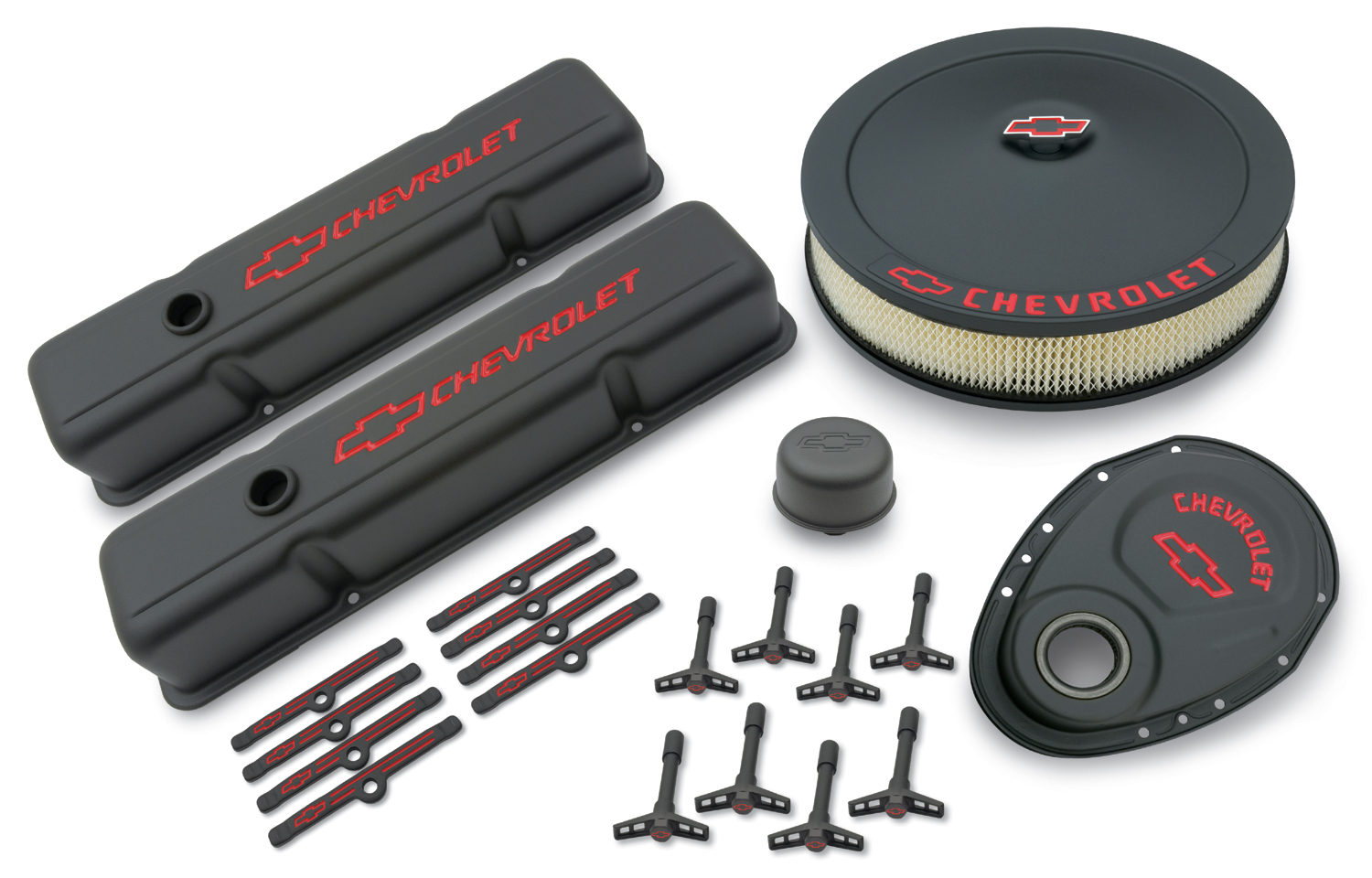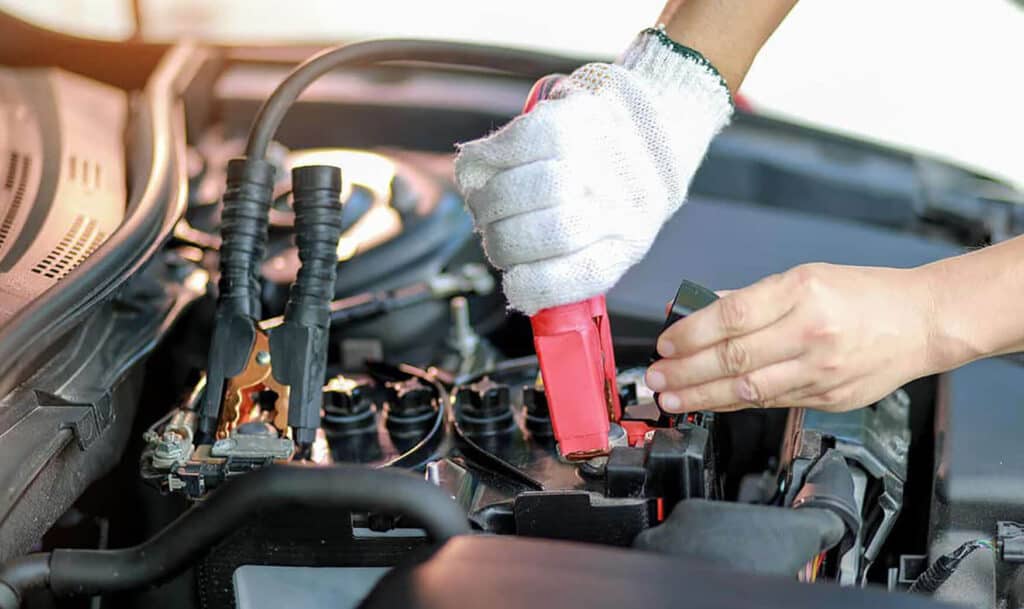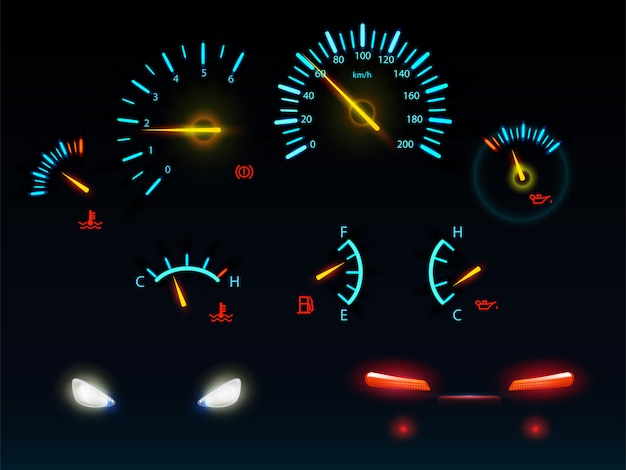As winter approaches, fleet managers face a unique set of challenges in ensuring their vehicles operate seamlessly despite plummeting temperatures. The harsh winter conditions can wreak havoc on fleets if not adequately prepared. In this guide, we’ll delve into essential winter fleet maintenance tips, addressing pain points that concern every fleet manager, and uncovering solutions to keep your vehicles running smoothly during the colder months.
Table of Contents
1. Inspect and Upgrade Your Battery System
One of the primary concerns during winter is the strain it puts on batteries. Cold temperatures can significantly reduce a battery’s capacity, leading to unexpected breakdowns. To counter this, consider inspecting and upgrading your battery system. Opt for high-performance batteries with a higher cold cranking amp (CCA) rating to ensure reliable starts in freezing conditions. Regularly check and clean battery terminals to prevent corrosion, another common issue in cold weather.
2. Choose the Right Winter Tires
Traction is crucial during winter, especially when navigating icy or snowy roads. Investing in quality winter tires designed for cold weather conditions can significantly enhance the safety and performance of your fleet. Ensure the tires have adequate tread depth and consider studded tires for additional grip in icy conditions. Properly inflated tires are also essential for optimal performance, so monitor tire pressure regularly.
3. Implement a Comprehensive Fluid Check
Cold weather can affect various fluids in your vehicles, from engine oil to transmission fluid. Ensure that all fluids are at the recommended levels and consider using winter-grade oil that remains fluid in lower temperatures. Additionally, use antifreeze with the appropriate concentration to prevent engine coolant from freezing. Regularly check for leaks to avoid potential issues during winter drives.
4. Address Fuel Gelling Concerns
In colder climates, fuel gelling becomes a common headache for fleet managers. The wax in diesel fuel tends to solidify in low temperatures, causing fuel lines to clog and engines to stall. To tackle this issue inconspicuously, consider incorporating fuel additives designed to prevent gelling. These additives modify the properties of diesel fuel, ensuring it remains fluid even in freezing conditions. By addressing fuel gelling concerns proactively, you can avoid disruptions and keep your fleet operational during winter.
5. Winterize Your Brake System
Icy roads and decreased visibility amplify the importance of a well-maintained brake system during winter. Conduct a thorough inspection of your brake components, including pads, rotors, and brake fluid. Consider replacing worn-out brake pads and ensure the brake fluid is at the recommended level. Adequate braking performance is crucial for the safety of your drivers and the longevity of your fleet vehicles.
6. Equip Your Vehicles with Emergency Kits
Winter conditions can be unpredictable, and unforeseen challenges may arise. Equip each vehicle in your fleet with a well-stocked emergency kit, including items like blankets, flashlights, non-perishable snacks, and basic tools. In the event of a breakdown or unexpected delay, your drivers will be better prepared to handle the situation until assistance arrives.
7. Schedule Regular Maintenance Checks
Regular maintenance checks are the backbone of effective fleet management, and this is particularly true during winter. Establish a routine maintenance schedule that includes inspections of all critical systems. This proactive approach allows you to identify and address potential issues before they escalate, reducing the risk of unexpected breakdowns and costly repairs.
8. Evaluate Vehicle Lighting Systems
With shorter days and longer nights, visibility becomes a critical concern during winter. Ensure that all lighting systems, including headlights, brake lights, and turn signals, are in optimal condition. Clean lenses regularly to remove dirt and debris, and replace any bulbs that are dim or malfunctioning. Well-maintained lighting systems not only contribute to safety but also help your drivers navigate dark and potentially hazardous winter roads more effectively.
9. Monitor Tire Tread Wear
While we’ve highlighted the importance of choosing the right winter tires, it’s equally crucial to monitor tire tread wear throughout the season. Worn-out tread reduces traction and increases the risk of accidents on slippery surfaces. Encourage your drivers to inspect tires regularly for signs of uneven wear and replace them promptly if needed. Rotating tires at recommended intervals can also extend their lifespan and maintain consistent performance.
10. Invest in Cold-Weather Windshield Washer Fluid
Winter weather often brings road salt, slush, and other debris that can obstruct windshields. Traditional washer fluids may freeze in low temperatures, limiting their effectiveness. Invest in cold-weather windshield washer fluid that can withstand freezing conditions. This ensures that your drivers have clear visibility by preventing the fluid from freezing on the windshield, even in the coldest weather.
11. Utilize Telematics for Remote Monitoring
Leverage telematics technology to remotely monitor the performance of your fleet vehicles. Telematics systems provide real-time data on various parameters, including engine health, fuel efficiency, and location. By utilizing this technology, you can identify potential issues promptly, schedule maintenance when needed, and optimize routes to enhance fuel efficiency. Remote monitoring adds an extra layer of control and efficiency to your winter fleet management strategy.

12. Educate Drivers on Winter Driving Techniques
Your fleet is only as safe as its drivers, especially during challenging winter conditions. Conduct training sessions to educate your drivers on effective winter driving techniques. Emphasize the importance of maintaining a safe following distance, reducing speed in adverse weather, and avoiding sudden maneuvers. Informed and skilled drivers contribute significantly to accident prevention and the overall success of your winter fleet management efforts.
Conclusion
Preparing your fleet for winter requires a comprehensive approach that addresses various pain points fleet managers commonly encounter. From battery and tire upgrades to fluid checks and addressing fuel gelling concerns, these winter fleet maintenance tips are designed to keep your vehicles operating at peak performance during the colder months. By implementing these measures, you not only enhance the reliability of your fleet but also ensure the safety of your drivers as they navigate the challenges of winter roads.












